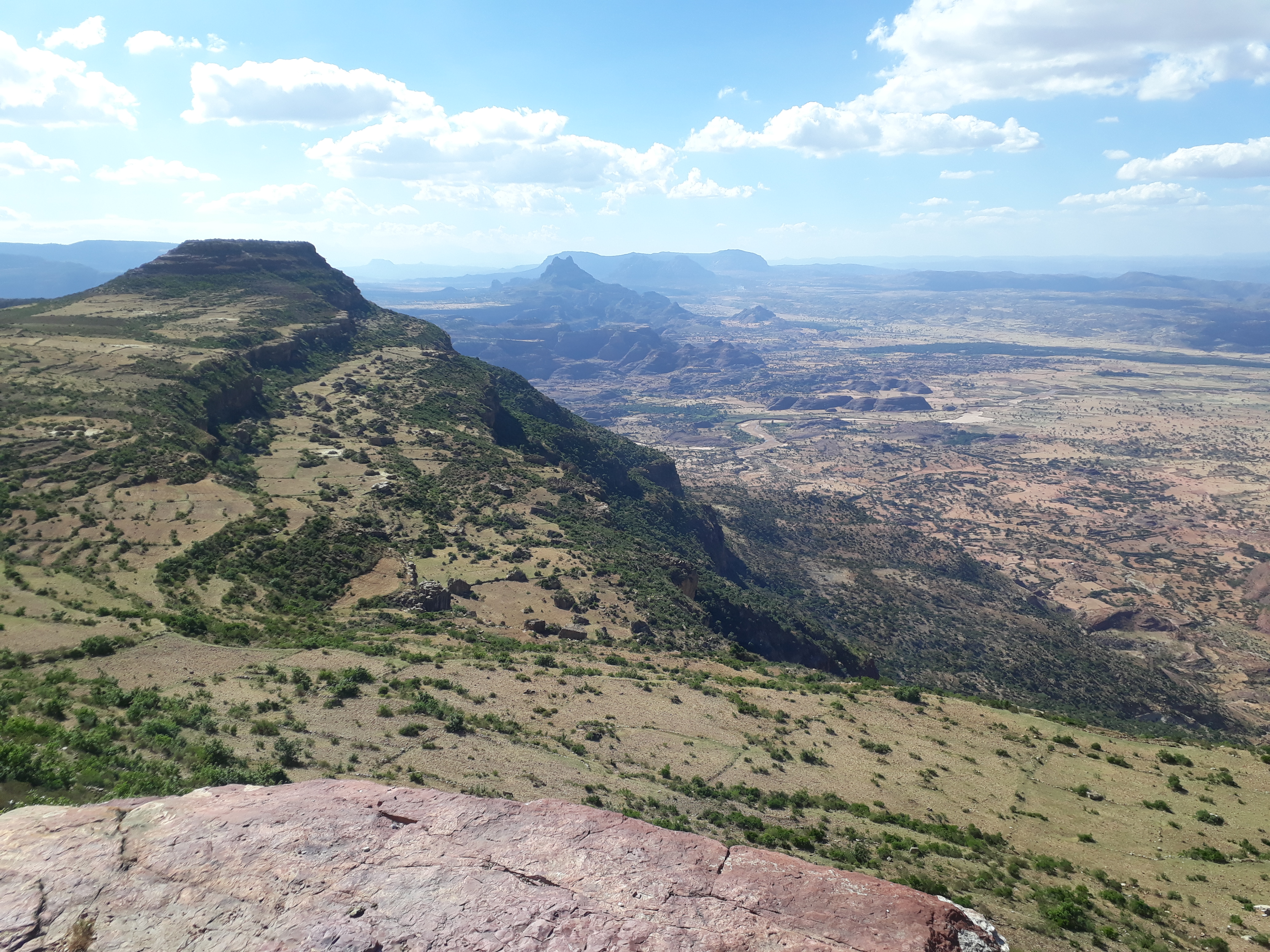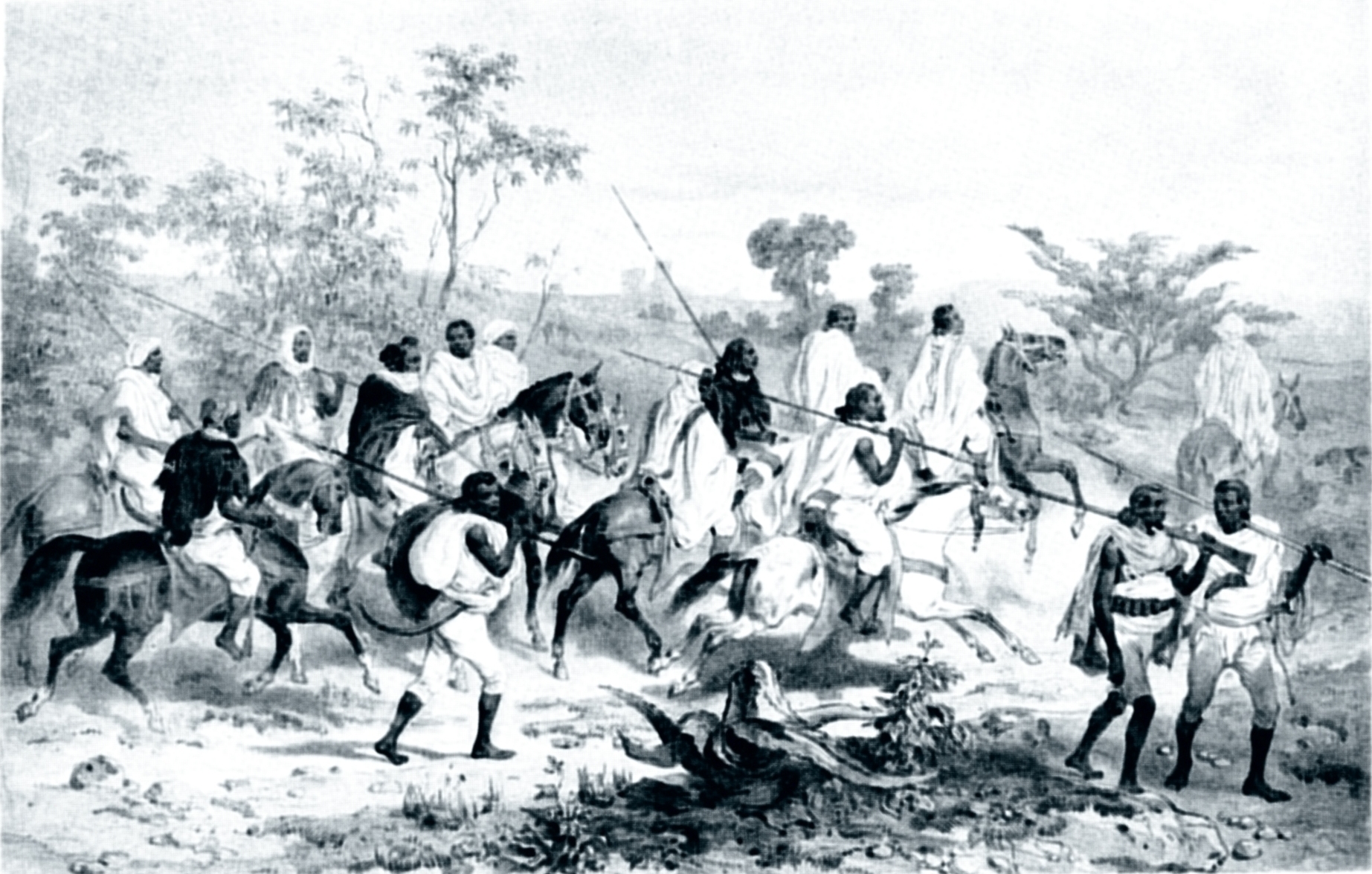|
Mount Hai
Mount Hay, or Amba Hay, is a mountain in the northwestern Amhara Region of Ethiopia. It is located in the Simien Mountains National Park, close to the nation's highest peak of Ras Dashen. Mount Hay has an elevation of 4173 metres above sea level.Elevation per Ethiopian Mapping Authority2010 National Statistics (Abstract): climate Table A.1. Central Statistical Agency website (accessed 18 March 2011) History Since the early years of the Zemene Mesafint The Zemene Mesafint ( gez, ዘመነ መሳፍንት ''zamana masāfint'', modern: ''zemene mesāfint'', variously translated "Era of Judges," "Era of the Princes," "Age of Princes," etc.; named after the Book of Judges) was a period in Ethiop ... period, an Amhara noble named Ras Gebre ( 1771-1815 ) governed Semien for more than four decades. Inchetkaub was the capital of Semien under him and his successors. On Amba Hay was their fortress stronghold and the main residence of the family. References Simien Mountains M ... [...More Info...] [...Related Items...] OR: [Wikipedia] [Google] [Baidu] |
Amba (geology)
An Amba ( am, ዐምባ ''āmbā'', ti, እምባ ''imbā'') is a characteristic landform in Ethiopia. It is a steep-sided, flat-topped mountain, often the site of villages, wells, and their surrounding farmland. Such settlements were frequently located on these amba plateaus because they were very defensible and often virtually inaccessible from the ground. The original term in Amharic indicates a mountain fortress. Amba Geshen, for example, is a historically significant amba where members of royal families were kept under guard for their safety and to prevent their participation in plots against the sitting emperor. Other noted Ambas include Amba Aradam and Amba Alagi, sites of famous battles during the first and second Italo-Ethiopian Wars. Notable Ambas in Ethiopian History *Amba Geshen - A Historic 'Prison' or 'Detention' location for royal family members. *Debre Damo - The name of both an Amba and historic Ethiopian Church. *Magdala - Emperor Tewodros's capitol before hi ... [...More Info...] [...Related Items...] OR: [Wikipedia] [Google] [Baidu] |
Amhara Region
The Amhara Region ( am, አማራ ክልል, Åmara Kilil), officially the Amhara National Regional State (), is a regional state in northern Ethiopia and the homeland of the Amhara people. Its capital is Bahir Dar which is the seat of the Regional Government of Amhara. Amhara is the site of the largest inland body of water in Ethiopia, Lake Tana (which is the source of the Blue Nile), and Semien Mountains National Park (which includes Ras Dashan, the highest point in Ethiopia). Amhara is bordered by Sudan to the west and northwest and by other the regions of Ethiopia: Tigray to the north, Afar to the east, Benishangul-Gumuz to the west and southwest, and Oromia to the south. History During the Ethiopian Empire, Amhara included several provinces (such as Dembiya, Gojjam, Begemder, Angot, Wollo, Shewa and Lasta), most of which were ruled by native Ras or Negus. The current Amhara region corresponds to often large parts of the former provinces of Begemder, Dembiya, Angot, B ... [...More Info...] [...Related Items...] OR: [Wikipedia] [Google] [Baidu] |
Ethiopia
Ethiopia, , om, Itiyoophiyaa, so, Itoobiya, ti, ኢትዮጵያ, Ítiyop'iya, aa, Itiyoppiya officially the Federal Democratic Republic of Ethiopia, is a landlocked country in the Horn of Africa. It shares borders with Eritrea to the north, Djibouti to the northeast, Somalia to the east and northeast, Kenya to the south, South Sudan to the west, and Sudan to the northwest. Ethiopia has a total area of . As of 2022, it is home to around 113.5 million inhabitants, making it the 13th-most populous country in the world and the 2nd-most populous in Africa after Nigeria. The national capital and largest city, Addis Ababa, lies several kilometres west of the East African Rift that splits the country into the African and Somali tectonic plates. Anatomically modern humans emerged from modern-day Ethiopia and set out to the Near East and elsewhere in the Middle Paleolithic period. Southwestern Ethiopia has been proposed as a possible homeland of the Afroasiatic langua ... [...More Info...] [...Related Items...] OR: [Wikipedia] [Google] [Baidu] |
Simien Mountains National Park
Simien Mountains National Park is the largest national park in Ethiopia. Located in the North Gondar Zone of the Amhara Region, its territory covers the highest parts of the Simien Mountains and includes Ras Dashan, the highest point in Ethiopia. It is home to a number of endangered species, including the Ethiopian wolf and the walia ibex, a wild goat found nowhere else in the world. The gelada baboon and the caracal, a cat, also occur within the Simien Mountains. More than 50 species of birds inhabit the park, including the impressive bearded vulture, or lammergeier, with its wingspan. The park is crossed by an unpaved road which runs from Debarq, where the administrative headquarters of the park is located, east through a number of villages to the Buahit Pass, where the road turns south to end at Mekane Berhan, beyond the park boundary. History The park was established in 1969, having been set up by Clive Nicol, who wrote about his experiences in ''From the Roof of A ... [...More Info...] [...Related Items...] OR: [Wikipedia] [Google] [Baidu] |
Ras Dashen
Ras Dashen (Amharic: ራስ ዳሸን ''rās dāshn''), also known as Ras Dejen, is the highest mountain in Ethiopia and fourteenth highest peak in Africa. Located in the Simien Mountains National Park in the North Gondar Zone of the Amhara Region, it reaches an elevation of 4,550 metres (14,930 ft). The English form, "Ras Dashen" is a corruption of its Amharic name, "Ras Dejen", the term used by the Ethiopian Mapping Authority (EMA) which alludes to the traditional head or general who fights in front of the Emperor.Erik Nilsson"Traces of Ancient Changes of Climate in East Africa: Preliminary Report" ''Geografiska Annaler'', 17 (1935), p. 13 Overview According to Erik Nilsson, Ras Dashen is the eastern peak of the rim of "an enormous volcano, the northern half of which is cut down about thousand metres by numerous ravines, draining into the Takkazzi River." Its western counterpart is Mount Biuat (4,437 meters), separated by the valley of the Meshaha river. The mountain of ... [...More Info...] [...Related Items...] OR: [Wikipedia] [Google] [Baidu] |
Central Statistical Agency
The Central Statistical Agency (CSA; Amharic: ማዕከላዊ ስታቲስቲክስ ኤጀንሲ) is an agency of the government of Ethiopia designated to provide all surveys and censuses for that country used to monitor economic and social growth, as well as to act as an official training center in that field. It is part of the Ethiopian Ministry of Finance and Economic Development. The Director General of the CSA is Samia Zekaria. Before 9 March 1989 the CSA was known as the Central Statistical Office (CSO). The CSA has 25 branch offices. Besides the capital city of Addis Ababa, the cities and towns with offices are: Ambo, Arba Minch, chiro, Asayita, Assosa, Awasa, Bahir Dar, Debre Berhan, Dessie, Dire Dawa, Gambela, Goba, Gondar, Harar, Hosaena, Inda Selassie, Jijiga, Jimma, Mek'ele, Mizan Teferi, Adama, Negele Borana, Nekemte, and Sodo. National censuses of the population and housing have been taken in 1984, 1994, and 2007. Information from the 1994 and 2007 censuses are a ... [...More Info...] [...Related Items...] OR: [Wikipedia] [Google] [Baidu] |
Zemene Mesafint
The Zemene Mesafint ( gez, ዘመነ መሳፍንት ''zamana masāfint'', modern: ''zemene mesāfint'', variously translated "Era of Judges," "Era of the Princes," "Age of Princes," etc.; named after the Book of Judges) was a period in Ethiopian history between the mid-18th and mid-19th centuries when the country was ruled by a class of regional noblemen and the emperor was merely a figurehead. For the most part, the regional lords were tightly related by marriage and constituted a stable ruling elite that prevailed until the mid 20th century. In short, during the Zamana Masafint, the Emperors from the Solomonic dynasty were reduced to little more than figureheads confined to the capital city of Gondar. The most powerful lords during the Zemene Mesafint were Ras Mikael Sehul of Tigre and later the Were Seh Dynasty who included Ras Ali I, Ras Aligaz, Ras Gugsa and Ras Ali II based in Yeju, a region in Wollo. . The most powerful lords such as Ras Ali and Ras Gugsa were memb ... [...More Info...] [...Related Items...] OR: [Wikipedia] [Google] [Baidu] |
Amhara People
Amharas ( am, አማራ, Āmara; gez, ዐምሐራ, ʾÄməḥära) are a Semitic-speaking ethnic group which is indigenous to Ethiopia, traditionally inhabiting parts of the northwest Highlands of Ethiopia, particularly inhabiting the Amhara Region. According to the 2007 national census, Amharas numbered 19,867,817 individuals, comprising 26.9% of Ethiopia's population, and they are mostly Oriental Orthodox Christian (members of the Ethiopian Orthodox Tewahedo Church). They are also found within the Ethiopian expatriate community, particularly in North America. They speak Amharic, an Afro-Asiatic language of the Semitic branch which serves as one of the five official languages of Ethiopia. As of 2018, Amharic has over 32 million native speakers and 25 million second language speakers. Various scholars have classified the Amharas and neighboring populations as Abyssinians. Origin The earliest extants of the Amhara as a people, dates to the early 12th century in the middle ... [...More Info...] [...Related Items...] OR: [Wikipedia] [Google] [Baidu] |
Gebre Of Semien
Gebre Tasfa better known as Gebre of Semien (Gabriel of Semien) (died May 1815) was the governor of Semien, Tsegede, Welkait and Wogera during the late 18th and early 19th century in Ethiopia. He held the title of Ras, and had an unusually long reign spanning 44 years during the tumultuous Zemene Mesafint when lords of each province and district continuously fought each other for supremacy. Ras Gebre was the primary backer of his son-in-law Emperor Tekle Giyorgis I claims to the throne. Ancestry Gebre's family originated from the Semien mountains and belonged to the Amhara people. Ras Gebre's forebears, relatives and descendants even claimed Solomonic genealogy through a daughter of Emperor Susenyos. Gebre was the son of Tasfa of Semien, his name was romanized as Tesfos of Samen in contemporary 18th century writings by James Bruce. Dejazmach Tasfa governed Semien Province and was loyal to Emperor Iyasu II. He fought valiantly during the three battles of Sarbakusa in May ... [...More Info...] [...Related Items...] OR: [Wikipedia] [Google] [Baidu] |
Simien Mountains
The Simien Mountains (Amharic: ስሜን ተራራ or Səmen; also spelled Simen and Semien), in northern Ethiopia, north east of Gondar in Amhara region, are part of the Ethiopian Highlands. They are a World Heritage Site and include the Simien Mountains National Park. The mountains consist of plateaus separated by valleys and rising to pinnacles. The highest Ethiopian mountain is Ras Dejen at 4,550 m with the second highest peak of Kidis Yared at 4,453 m; other notable peaks include Mount Biuat at 4,437 m. The Simien Mountains are remarkable as being one of the few spots in tropical Africa where snow regularly falls. Because of their geological origins, the mountains are almost unique, with only South Africa's Drakensberg range having been formed in the same manner and thus appearing similar. Notable animals in the mountains include the walia ibex, gelada, and caracal. There are a few Ethiopian wolves. Etymology Although the word ''Semien'' means "north ... [...More Info...] [...Related Items...] OR: [Wikipedia] [Google] [Baidu] |





.jpg)